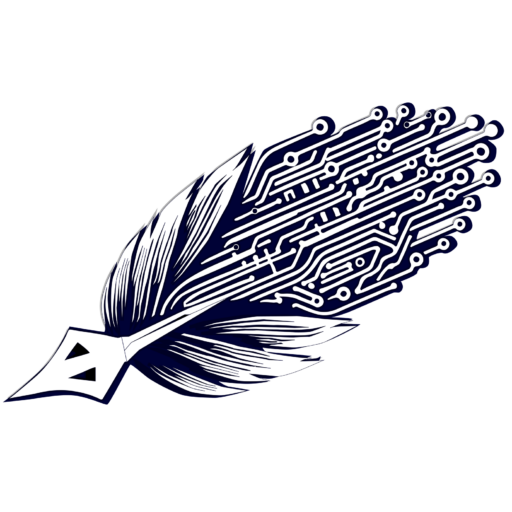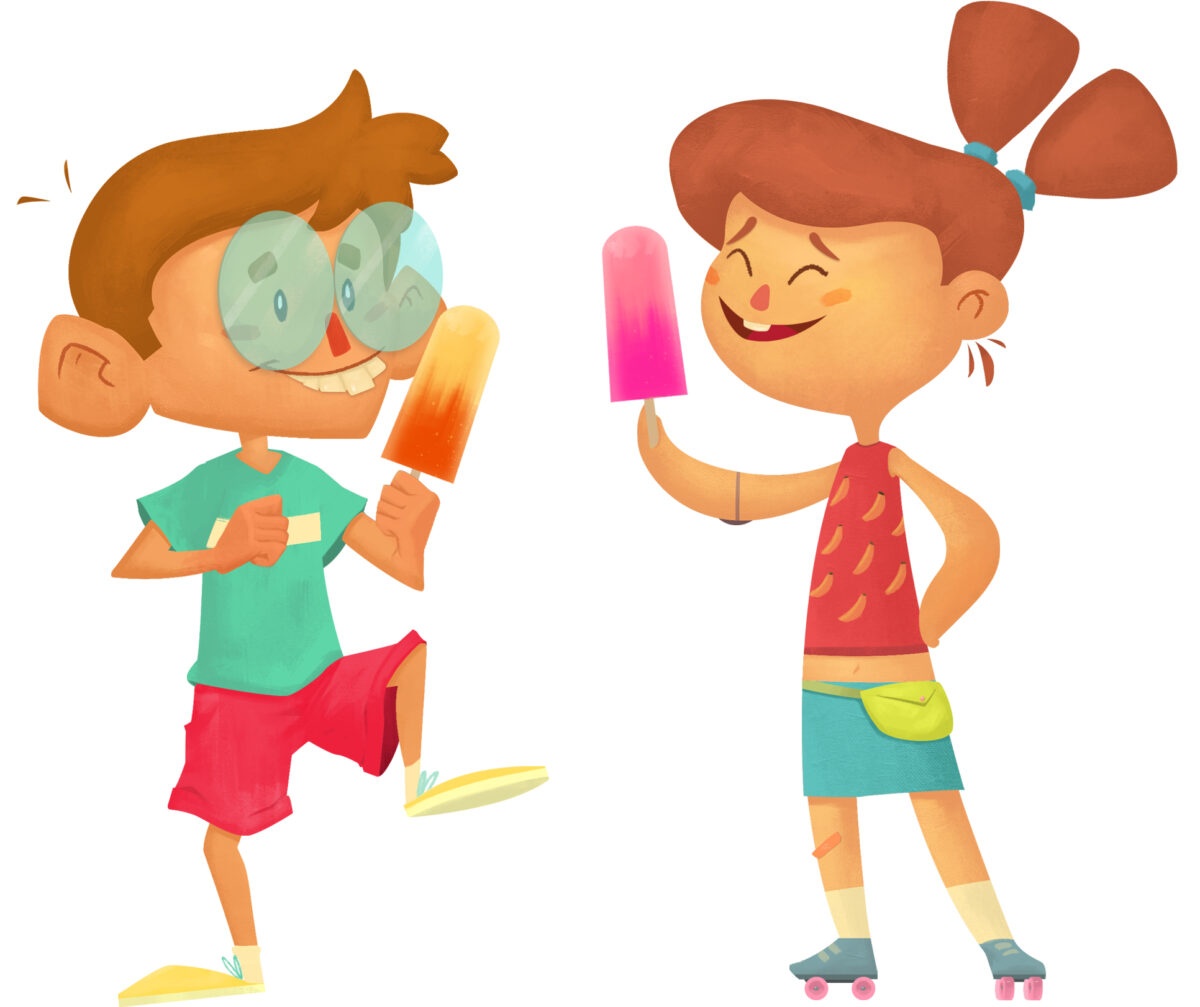Animation is an incredibly powerful tool, and 2D animation, in particular, has proven to have a significant impact on mental health and education. It is no secret that visual aids can make learning more engaging and interactive. However, 2D animation takes this a step further by offering a medium that is both accessible and appealing to people of all ages and abilities
Let’s begin by examining how 2D animation can impact mental health. Mental health is a crucial aspect of our overall wellbeing, and there are many ways that we can support it. One of these ways is through visual aids, which can help us to better understand complex ideas and emotions.
2D animation is a particularly effective medium for addressing mental health issues, as it can help to visualize abstract concepts in a way that is easy to understand. For example, 2D animation can be used to explain the symptoms of mental illnesses such as depression, anxiety, and bipolar disorder, as well as to demonstrate coping mechanisms and strategies for managing these conditions.
Moreover, 2D animation can also be used to provide comfort and reassurance to individuals who are struggling with their mental health. By showing characters going through similar struggles, 2D animation can help to reduce feelings of isolation and loneliness, and provide hope and inspiration for those who are struggling.
Moving on to education, 2D animation has been shown to be a powerful tool for enhancing learning outcomes. Research has demonstrated that visual aids are particularly effective in facilitating learning, as they can help to simplify complex concepts and provide a more engaging and interactive experience.
2D animation is particularly effective in this regard, as it can be used to demonstrate abstract ideas and concepts in a way that is both engaging and easy to understand. For example, 2D animation can be used to teach children about science, history, and literature, as well as to provide interactive tutorials and demonstrations for more complex subjects such as math and physics.
Moreover, 2D animation can also be used to make learning more engaging and entertaining. By using bright colors, catchy music, and engaging characters, 2D animation can capture the attention of learners of all ages and abilities, and make learning a more enjoyable and rewarding experience.
In conclusion, 2D animation is an incredibly powerful tool that can have a significant impact on mental health and education. Whether it is used to visualize abstract concepts, provide comfort and reassurance, or enhance learning outcomes, 2D animation has the potential to improve our lives in a myriad of ways. As such, it is essential that we continue to explore the possibilities of this medium and use it to its full potential in order to support and empower individuals of all ages and abilities.

